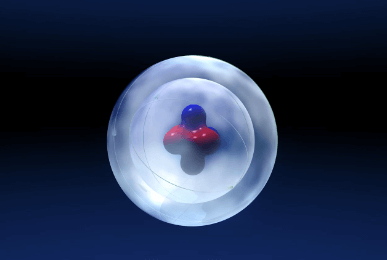Atom:66z-Va2llq0= Lithium

Lithium, an alkali metal with a unique atomic structure, plays a pivotal role in modern technology and health sectors. Its lightweight nature and reactivity make it indispensable in the manufacture of rechargeable batteries, particularly for electric vehicles and portable electronics. Moreover, the isotopes lithium-6 and lithium-7 are increasingly recognized for their therapeutic potential in mental health treatments. As the demand for lithium continues to surge, understanding the nuances of its applications and future innovations becomes imperative. What challenges and opportunities lie ahead for this essential element?
Atomic Structure of Lithium
The atomic structure of lithium, a lightweight alkali metal, is characterized by its unique arrangement of subatomic particles.
With an electron configuration of 1s² 2s¹, lithium possesses three electrons, leading to its chemical reactivity.
Isotopic variations, primarily lithium-6 and lithium-7, exhibit differing neutron counts, influencing physical properties and applications, thereby enhancing understanding of this element’s role in various scientific contexts.
See also: Art:Vygdijnaili= Wolves
Applications of Lithium
Utilizing lithium in various applications underscores its significance in modern technology and industry.
Lithium batteries are pivotal in powering electronic devices and electric vehicles, offering high energy density and efficiency.
Additionally, lithium’s therapeutic uses in treating bipolar disorder highlight its essential role in healthcare.
These applications not only enhance technological advancements but also improve mental health outcomes, illustrating lithium’s multifaceted importance.
Market Demand and Trends
Currently, global demand for lithium is experiencing a significant surge, driven primarily by the rapid expansion of the electric vehicle (EV) market and the increasing adoption of renewable energy storage solutions.
This heightened interest has intensified market competition, prompting stakeholders to secure lithium supply from diverse sources.
As investment in exploration and production escalates, the industry must adapt to evolving consumer preferences and regulatory landscapes.
Future Innovations in Lithium Technology
Advancements in lithium technology are poised to transform energy storage and utilization across various sectors, particularly in electric vehicles and renewable energy systems.
Innovations in sustainable extraction methods will enhance resource availability while minimizing environmental impact.
Furthermore, ongoing battery advancements promise increased efficiency and lifespan, ensuring that lithium remains a critical component in achieving a sustainable energy future, fostering greater energy independence and freedom.
Conclusion
In summary, lithium emerges as the darling of the periodic table, captivating industries from technology to mental health. Its atomic charm and reactivity ensure that it remains in high demand, while the market trends suggest an insatiable appetite for its applications. As the world races towards a sustainable future, the quest for lithium innovation may soon resemble a treasure hunt, where the prize is not merely a metal but a key to unlocking a greener, electrified existence.




